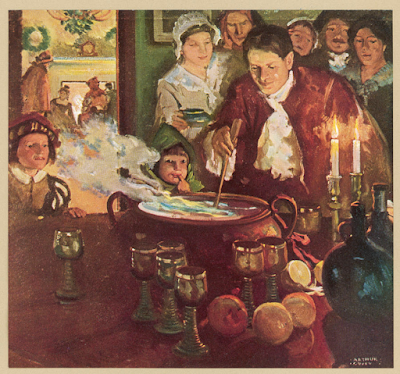Several "open sources" reported on a dangerous and historic discovery made in Central Park the week before last.
New York City Parks workers came upon a live cannonball, loaded in a cannon. The loaded artillery piece was one of two Revolutionary War-era cannons being stored at the park’s Ramble shed near the 79th Street transverse ( a road that crosses the Park from east to west). Preservation workers for the Central Park Conservancy called police after opening up the capped cannon for cleaning, The police found over 800 grams of black powder along with cotton wadding and a cannonball. More to the point: the powder was still capable of firing!
Revolutionary War cannon found in Central Park
The cannon, donated to the park about the time of the Civil War, was on public display for over 125 years until 1996 when the Conservancy decided to bring it indoors to protect it from vandalism. So a loaded cannon was sitting in the midst of joggers, school kids, picnickers, and lovers (not to mention assorted hookers, pimps, junkies, and muggers). Seems amazing that loaded ordnance could have gone unnoticed so long. But the gun posed little real threat as it was already over 90 years old and is believed to have come from a sunken British vessel in the East River. And it was capped with concrete.
The Patriot Spy tells the tale of the British invasion of Long Island (today's Brooklyn) and then the Island of New York (today's Manhattan)...The gun appears to be a small-caliber (6 or 12-pound) carronade. During the time of the Revolution, guns like these would have been used mostly to arm British merchant ships, not frigates as the New York papers speculate.
| Carronades had a higher trajectory than long guns |
Why merchant ships? The carronade sat high in its gun carriage and made it more difficult to smash the hull at the waterline. But the deck line and the masts were easy targets. Merchant vessels generally needed only to smash masts, yardarms, and rigging to reduce the sail power of its pursuer (usually an American privateer) and then make its escape. It was only in 1791 that the Royal Navy began to mount these devastating little beasts on the man o' war. And not just frigates: schooners, brings, and even ships of the line (large sailing battleships with 60 or more guns). The massed close range fire of the carronade proved devastating to French and Spanish (and sometimes American) ships during the numerous naval battles and duels that took place from 1792 until 1814.
| Merchant vessel fleeing privateers |
With this recent discovery, Central Park once more connects itself to the War for Independence and the Yankee Doodle Spies. Not far from where the mysterious gun was located near McGowan's Pass - a critical approach to the Heights of Harlem that played such an important role during the British invasion of Manhattan. And an important setting in...The Patriot Spy.
| Heading east from Mc Gowans Pass - today |






